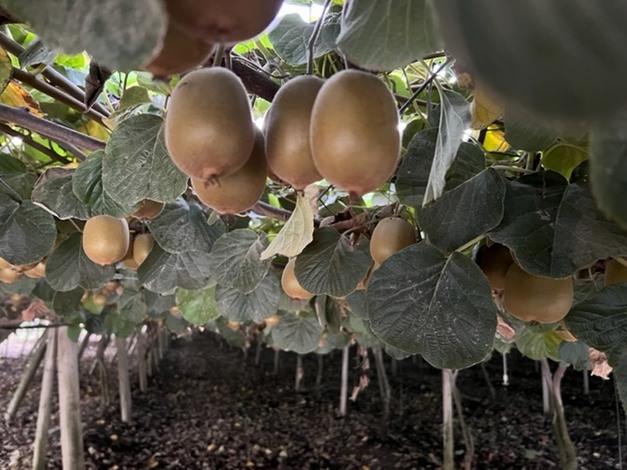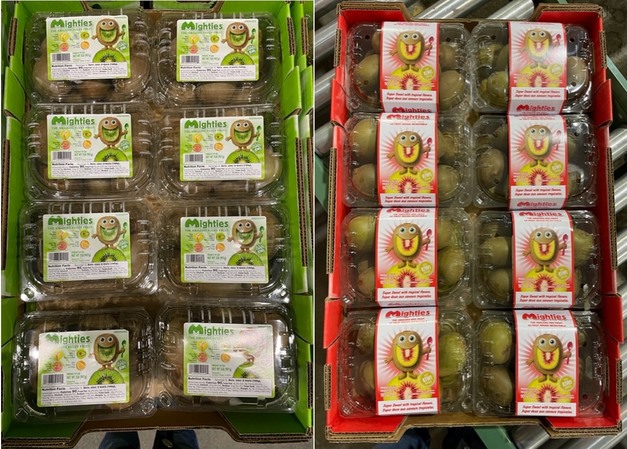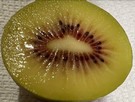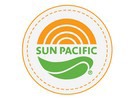Harvest has begun on California’s kiwi crop. “We started a bit later with our Hayward crop--everything has been late this year,” says Al Bates, president of Sun Pacific Shippers. “We’ve picked a little bit but the Brix aren’t fully there yet. I think by next week, we should start ramping up and hopefully will finish around Thanksgiving.”

Overall, the industry crop this year is a little bit lighter than average--it’s projected to be about eight percent below the five-year average. However, that average includes the 2022 crop, one that was already light when an early frost set in and affected many of the vines. In all, last year’s volume on Hayward kiwis from California was down over 30 percent versus normal.
Part of this year’s lighter crop is due to the challenging few years California has seen in weather, including the tremendous amount of rain the state has seen in recent months. “I don’t think it affected kiwis as much as it did other crops but still there’s been an impact. The size has been a little bit smaller and that affects the total yield,” he says, noting he also thinks that the quality of water in the past could be part of this as well. “Up until the last nine months, we’ve had to use a lot of groundwater which has poor quality compared to getting water from one of the canal systems. It’s much better quality so the sizing I’d attribute to the extreme heat in the summer or the water quality that we’ve had to irrigate with over the last few years.”

Kiwi and CA
Along with Hayward, which is the majority of kiwi grown in the state, this year Sun Pacific will also have more red kiwis available--a variety that it’s increasingly going to have more availability on in the coming years. In all, harvest should go until late November. “While most packers are finished shipping mostly by February, we’ve invested a lot into controlled atmosphere. So we pick it, put it in CA and we generally don’t finish until July-August, depending on crop size," says Bates.
 On demand, Bates believes it will be good, particularly as the transition is underway to the Southern Hemisphere for numerous crops meaning there isn’t an oversupply of imported kiwi right now. As for pricing, it should be somewhat similar to last year. “We try to factor in our production costs which every year go up,” he says. “If we kept the price the same, our margins would shrink significantly over time.”
On demand, Bates believes it will be good, particularly as the transition is underway to the Southern Hemisphere for numerous crops meaning there isn’t an oversupply of imported kiwi right now. As for pricing, it should be somewhat similar to last year. “We try to factor in our production costs which every year go up,” he says. “If we kept the price the same, our margins would shrink significantly over time.”
Production costs, crop size and more are sure to be topics of discussion for Sun Pacific, who is exhibiting at booth #1973 at the IFPA Global Produce & Floral Show.
 For more information:
For more information:
Al Bates
Sun Pacific Shippers
Tel: +1 (213) 612-9957
https://sunpacific.com/










